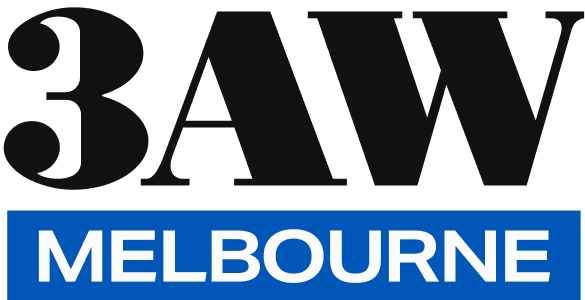The informed investor: reactive maintenance vs. proactive maintenance
As much as any landlord would love to believe that their property will always be as pristine as when they first bought it, that nothing will ever go wrong, that it’s just going to sit there like a good little investment and not need to be looked at ever again…
…Sadly, that’s not ever the case.
So, the question then becomes: would you rather deal with problems as they arise, or catch them before they are even problems?
Enter the difference between reactive maintenance and proactive maintenance.
Reactive maintenance (aka. ‘see a problem, fix a problem’)
If you’re not in the habit of regularly checking your property, this is likely the style of maintenance you default to: dealing with problems as they arise or as they are brought to your attention. This is the kind of maintenance that will most likely lead to insurance claims, as when an unforeseen incidence occurs, there is more chance of damage. For this reason, it’s always worth knowing what is stated in the lease agreement, so you’re clear what is covered and what isn’t. Was the fridge there when the tenant moved in? It’s probably part of the rental agreement and your responsibility. Did the dishwasher break and cause water damage? You may only be covered for the damage, not the washer itself.
Proactive maintenance (aka. ‘Problems? What problems?’)
Proactive maintenance is all about picking up on problems before they become problems in the first place, foreseeing and anticipating would could go wrong and taking steps to prevent it straight away. It involves regular inspections, good communication with your tenants and an eye for knowing the things that could trip you up. Fittingly enough, these things are often the ones that literally trip tenants up, causing injury: stairs, balconies, floorboards and carpets are big ones but don’t forget to check plumbing too. If you’re thinking this is a large investment of time and effort, you’re not entirely off the mark, but it’s worth weighing that against what you could save down the track by catching an issue when it is cheaper and easier to fix.
Regardless of where along the life of an issue you’re thinking of getting insurance involved and making a claim, it’s always beneficial to have as much info at hand as you can: details of the tenants, the lease agreements, what went wrong and whether there was any rent lost are all important, for starters.
For plenty more advice on maintenance, including a few handy case studies, have a listen to Carolyn Parrella from Terri Scheer, Australia’s leading landlord insurance specialist, joining Steve Price with the player above.

















